Bionicle: Mask of Light, 2003
The year was 2002. America was still reeling from a devastating terrorist attack the previous fall. There were ongoing air strikes against Taliban bases in Afghanistan. Hate crimes against Muslims were at an all-time high. Terms like “Homeland Security” ignited tensions like never before. Hawkish officials in US government contemplated a unilateral attack on Iraq.
It was a simpler, more innocent time.
In the world of entertainment, the Lego company seemed to have a tiger by the tail. After moribund sales in the 1990s, helped only a little by their expensive Star Wars license, they decided to step into the world of fantasy franchises and create their own story to base toys on.
It was an outgrowth of their Technics product line (a more complex version of the classic building blocks everyone played with as a kid) and was given the name Bionicle; a combo of “Bionic” and “Chronicle.” The general concept was about tribes of cyborg-like characters linked to the natural elements with their own cultures and mythology.
Bionicle sets debuted in mid-2001 (back when the world actually WAS simpler) and did extraordinarily well. Lego went into it with a multimedia approach, as if they were creating merch for a movie that already existed. Ironically, that’s what caught the interest of movie studios, and by the end of the year a deal had been made to create the first Bionicle feature: Mask of Light.
It would be animated in CG (still a pretty new thing at the time) and released on home video by Miramax and Buena Vista. And I was going to be involved for a brief but enjoyable time.
It had been a good 20 years since I’d touched a Lego brick, but I remembered them fondly. They placed an 8-bit world in the palm of our hands before we knew what 8-bit meant. After I moved on to making comics and watching anime and building model kits, I occasionally noticed that Lego products were looking less like those I grew up on in the 70s. There were a lot more “cheater parts,” single pieces that already looked like what you used to have to build yourself. Seeing this gave me my first “you kids today” moment. Today’s Lego sets are chock full of “cheater parts” (check this one out) and I wonder if anyone still has the ability to see elegance in an 8-bit world. Is this what you have to do when Minecraft offers infinite building blocks?
Anyway. It was 2002.
I was between animation gigs at the start of the year. After finishing work on Heavy Gear in 2001, I went unemployed for several months. I had savings to fall back on, so it wasn’t an emergency. I was glad to have the time off to work on my first Grease Monkey graphic novel. I also had freelance gigs here and there, like producing Star Blazers DVDs and taking occasional illustration assignments. My next regular animation job would be storyboarding my first Spider-Man series at Sony, but that didn’t come along until summer. When I got a call from out of nowhere inviting me to work on the first Bionicle movie, I was grateful to get it.
I don’t remember who reached out to me, but everything about Creative Capers Studio was charming and delightful, and it was completely new to me. Founded in 1989, it was a wonderland of cool and eclectic decor that you could stare at for hours (which made it a challenge to focus on meetings. See photos at their website here.) I felt instantly comfortable there, like it was a second home. For those who founded the place, it probably was.
That comfort level extended to the director I would be working for, an amiable fella named Dan Fausett. We spoke each others’ language and became fast friends. He liked my work so much he wanted to share it with the rest of the team as an example of what an ideal storyboard looks like. How can you NOT be friends with a guy who tells you that?
I didn’t end up working on another project for Creative Capers after this one (though I sure would have liked to), but Dan and I ran into each other on many other shows, including Spectacular Spider-Man and neighboring productions at Marvel Animation Studio. We also both worked on the aborted Magic: The Gathering series in 2021, which was his last hurrah before retirement.
The assignment was a short one, a little over 4 minutes of screen time in the film, but it was easy to stage and fun to draw. It was revised a bit between my version and the finished film, but that’s par for the course. I would be surprised if it wasn’t.
After I turned in the finished storyboard I went on to other things and the movie was eventually released on home video September 2003, even getting a world premiere screening at Legoland. Evidently, it did quite well, scoring unexpectedly high video sales and winning something called a “Golden Reel Award” for Best Visual Effects in a DVD Premiere Movie. It was broadcast on Cartoon Network’s Toonami block in 2004 and was followed up by two sequels in 2004 and 2005.
Bionicle sales began to fade later in the decade and the product line was discontinued in 2010, then rebooted 2015-2016 before being discontinued again. I hope it was fun for everyone while it lasted.
Watch the movie in HD right now! My segment can be seen from 37:00 to 41:20.

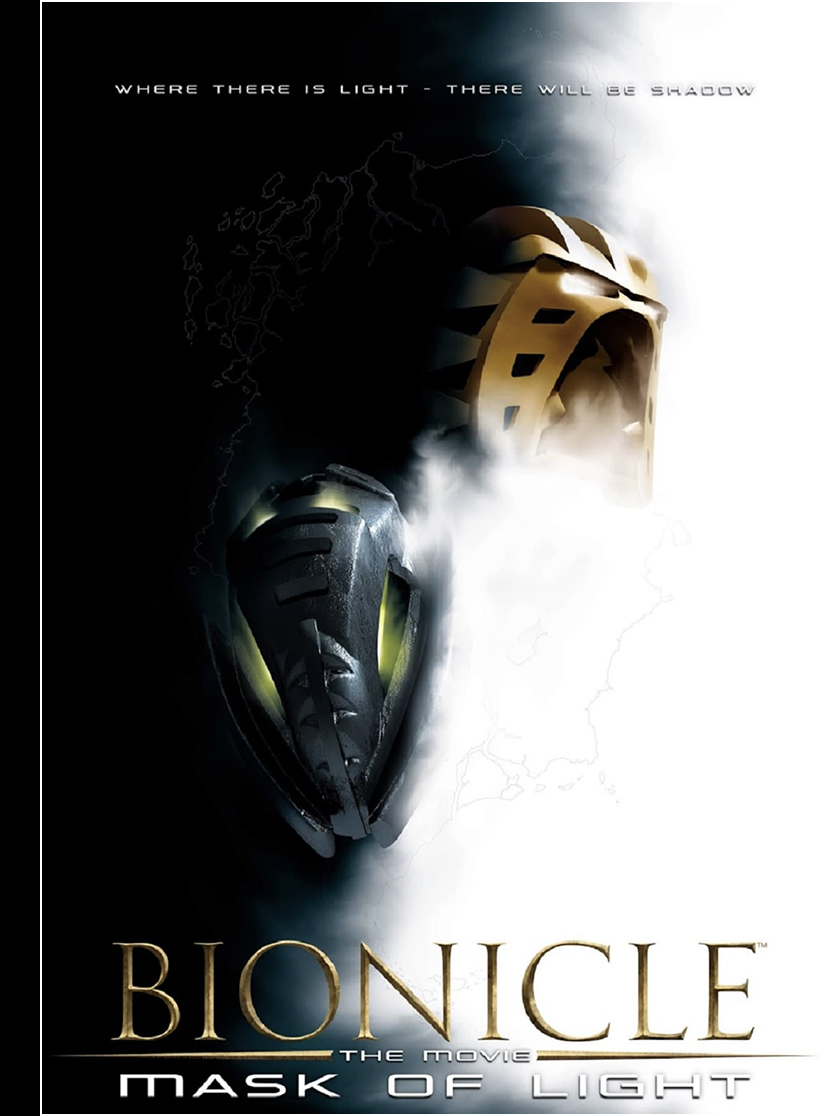
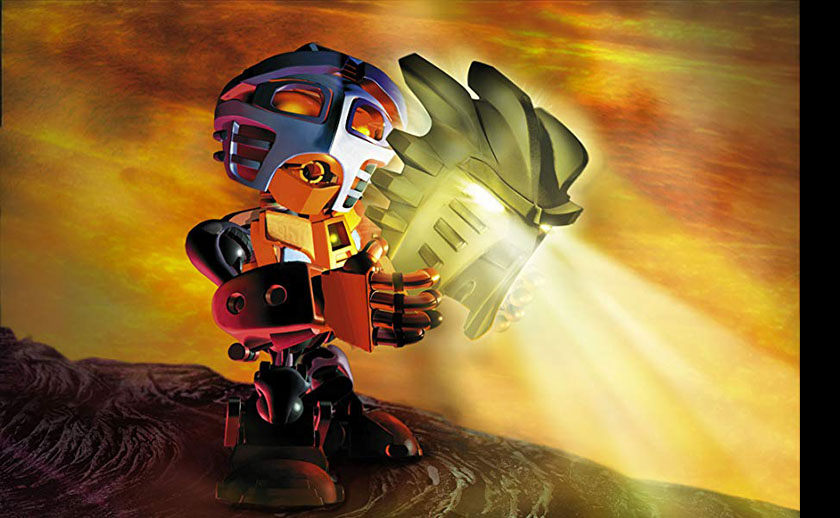
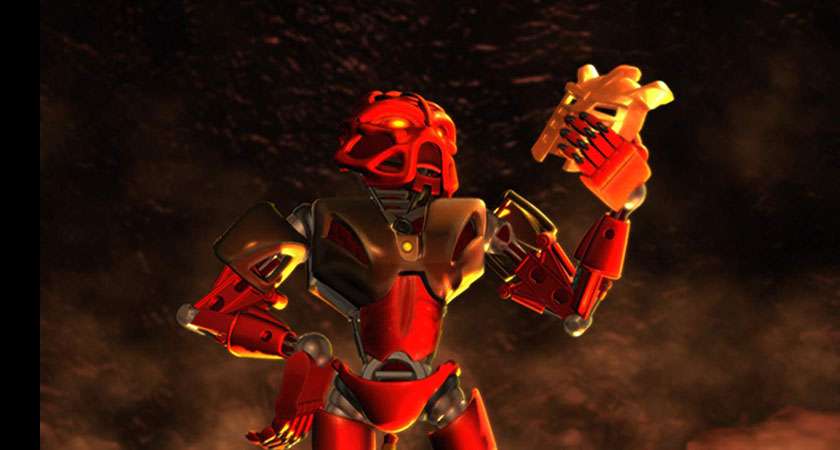
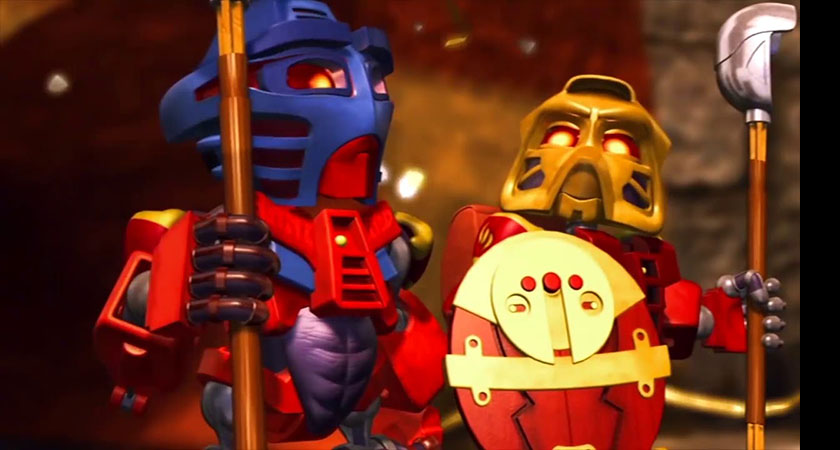
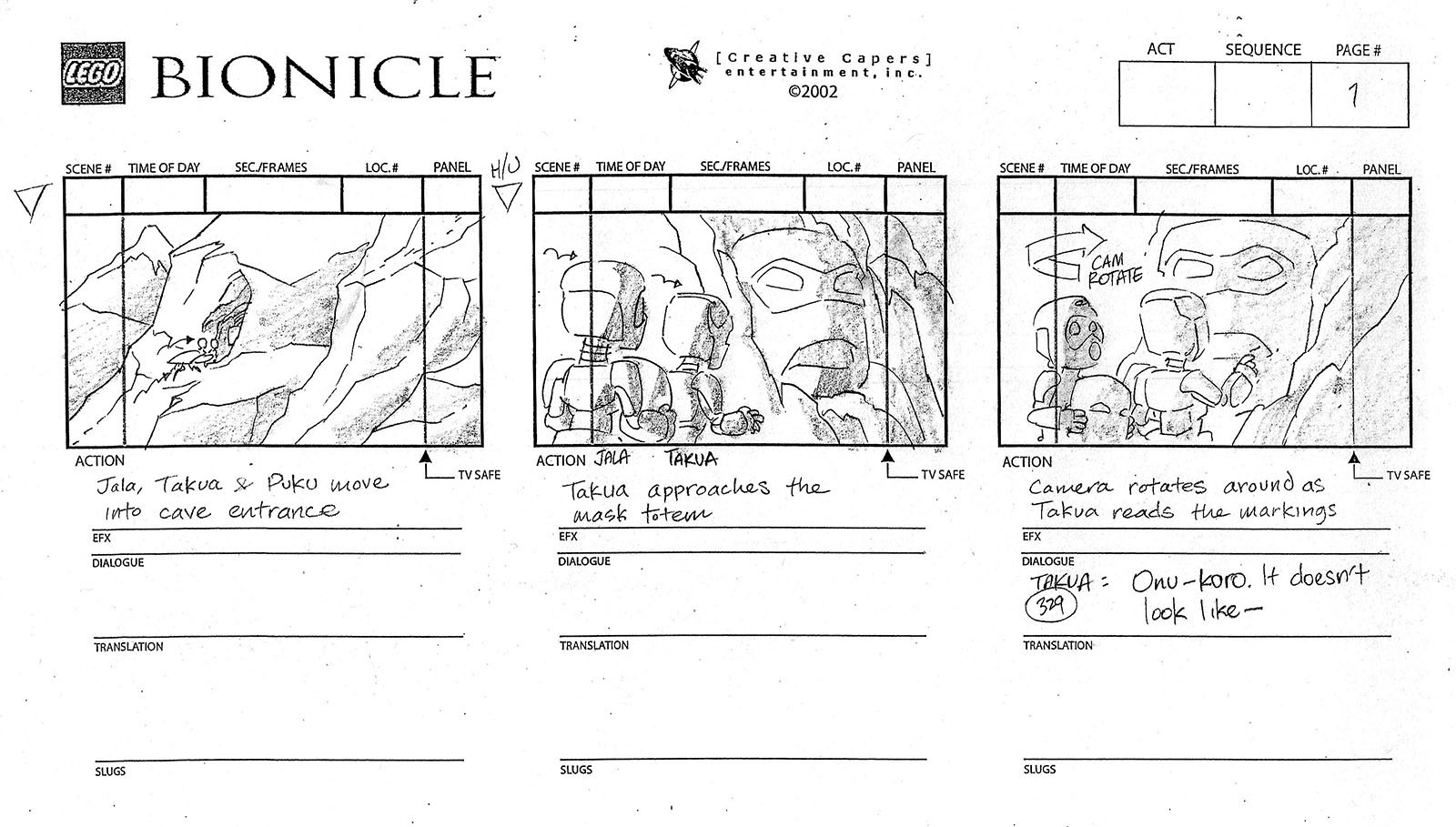
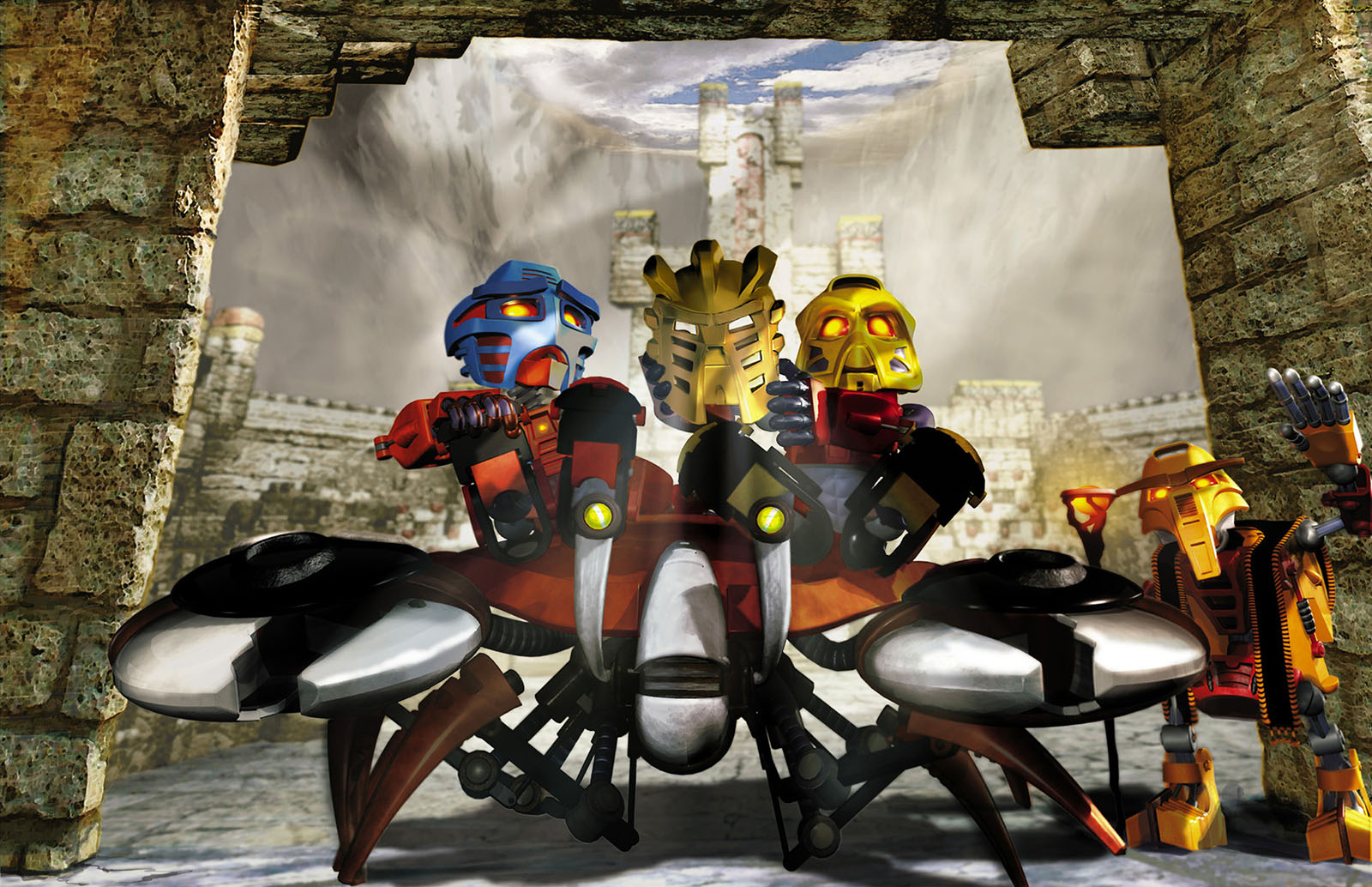
I grew up with Bionicles. I had the toys (Tahu was my favorite), the comics, the movie, etc. It was awesome!
Thank you for being a part of the film’s creation, however brief it was.
(And yes, it was quite a simpler time back then).